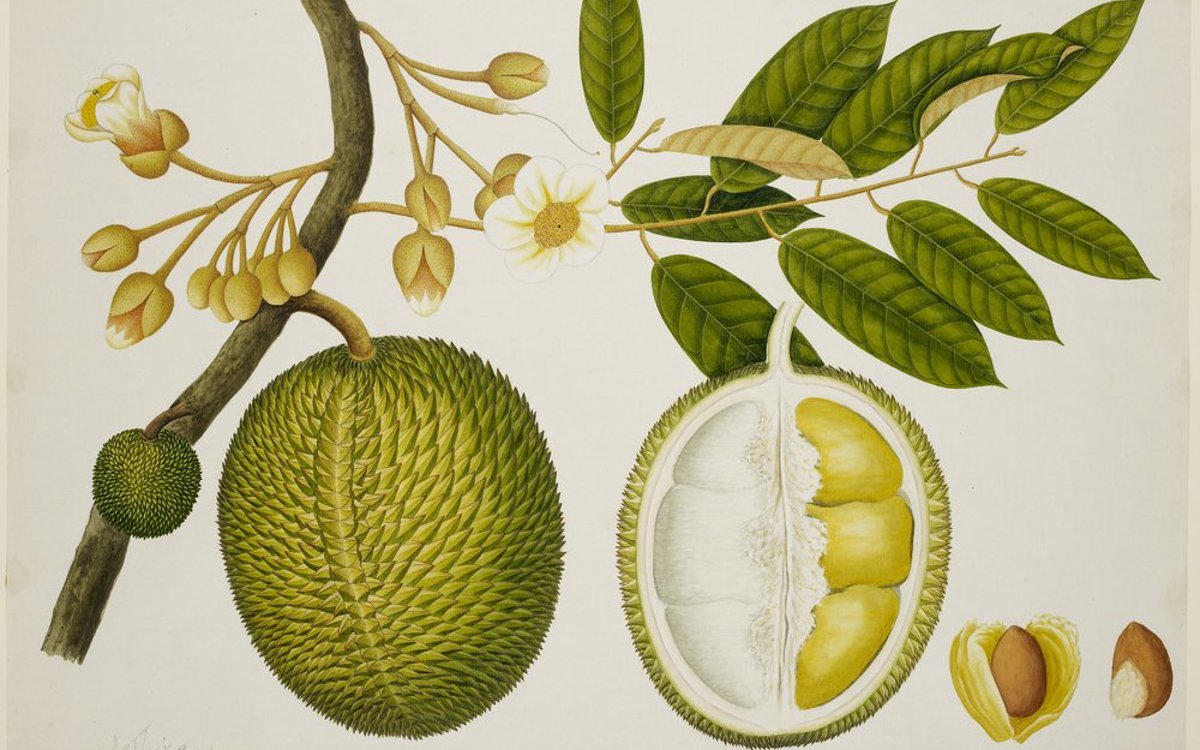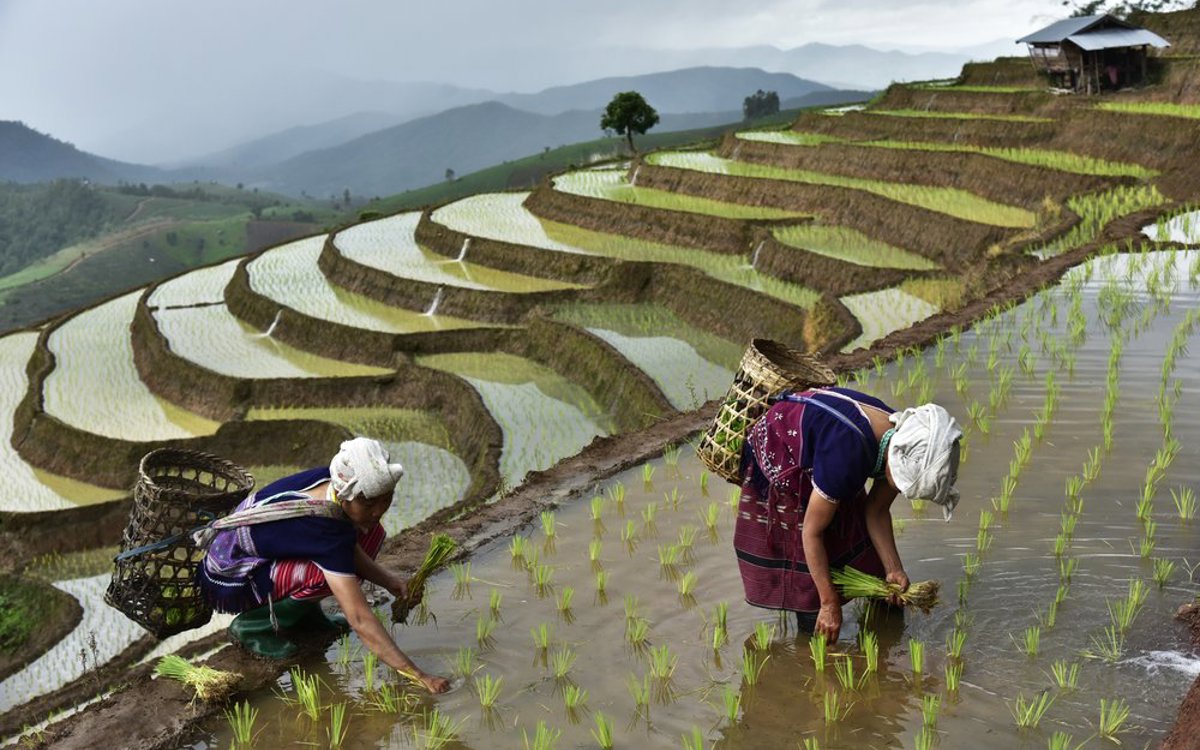New and old understandings of nature will be key to protecting the world’s rich labyrinth of ecosystems. By Victor R Savage, Nanyang Technological University, Singapore

New and old understandings of nature will be key to protecting the world’s rich labyrinth of ecosystems.
By Victor R Savage, Nanyang Technological University, Singapore
When Europe’s empire builders swept across the globe, they staked their claim not just on territories and cultures but on nature itself – the plants, trees, flowers, and fungi that had, for centuries, been used by indigenous communities in every aspect of daily life. Here began a fraught and complex relationship between nature and colonialism that led both to the meticulous documentation of indigenous natural knowledge and to its exploitation.
Several hundred years later and the world faces environmental threats which, like the spread of empire, have no respect for political jurisdictions. Yet there is growing recognition that indigenous knowledge and experience will be key to protecting and preserving the world’s rich labyrinth of ecosystems. Environmental degradation and climate change have caused societies to rethink their relationship with nature and look to indigenous communities for solutions to the art of sustainable living.
Bodies of knowledge
It’s argued that western science has long relied on a body of knowledge, wisdom, and specimens collected from the colonial world. While the methods employed were often unethical, unequal and exploitative, this knowledge has nonetheless shaped our understanding of natural history.
In the Dutch and British colonies of Southeast Asia, colonial administrators such as Stamford Raffles oversaw the documentation of thousands of tropical species through the colonial botanical gardens. Ironically, while these imposed the colonised idiom of classifying nature via the Linnean system (i.e. in Latin), they also became rich treasure troves of indigenous knowledge, including minute details and definitions of ecology and nature that went beyond any existing classifications. In colonial Malaya, Singapore’s Botanic Gardens attracted some outstanding botanists, including Isaac Henry Burkhill whose two-volume dictionary of tropical plants of the Malay Peninsula documented the myriad local uses of plant life – from food, medicine, and trade to housing materials, utensils, and poisons.

But the colonial enthusiasm for botany was fuelled by far more than benevolent curiosity. As imperialism coincided with industrialisation, the botanical gardens were on a mission to explore the economic potential of tropical species. In Indonesia, the Buitenzorg Gardens of Bogor provided the Dutch colonialists with a catalogue of local plants and their economic potential, such as spices, teak and camphor. In Singapore, the botanical gardens became nurseries for rubber plant seedlings that would later become one of the region’s major crops. These had been grown from seeds smuggled out of South America, where rubber was already used by indigenous cultures.
Thousands of other examples point to indigenous communities as hubs of invention and discovery. In Peru, the indigenous Quecha people ground the bitter bark of the cinchona tree to make quinine, which they used to treat malarial fevers long before Spanish missionaries brought it back with them to Europe. It was indigenous communities in Southeast Asia who invented the sophisticated outrigger boat. This sea craft had a unique extension called the outrigger float or boom that ensured greater stability in oceanic journeys and enabled Southeast Asians to sail thousands of miles across the Pacific and become colonisers themselves.
Despite this, indigenous contributions to scientific knowledge and natural history have often gone unrecognised in contemporary accounts, in which the colonialists are described as discoverers and pioneers, while indigenous communities are portrayed as ‘people without history’.
Lessons in the art of living
Today, as the threat of climate change looms large, attention is turning to local knowledge of the world’s complex ecosystems. Despite the accumulated scientific knowledge of civilisations around the world, none has found a permanent solution to sustainable living and most have been ephemeral journeys in time. However, while civilisations have risen and fallen, some indigenous groups have survived for thousands of years.
Rather than the outdated view that these were ‘pristine’ communities steeped in static ancient ways of life, today it is argued that their survival is more likely a result of the durability and range of rural systems and more respectful relationships with nature.
The evolutionary biologist Jared Diamond is among those who have written perceptively about the resilience and sustainability of agricultural systems in Southeast Asia and Papua New Guinea. Diamond describes how the various tribal communities in Papua New Guinea survive on small territories through an intricate understanding of the diversity of natural resources and a reliance on trade between groups. Indigenous scientific knowledge and a self-sustaining economic system have allowed them to maintain a sustainable livelihood in what might be seen as challenging habitats.
Others, such as environmentalist Bruno Manser, highlight the vulnerability of communities if their life-giving ecosystems are overtaken by forces beyond their control. In Voices from the Rainforest, he quotes a Penan man in Sarawak: ‘The forest is our home, our pantry, our department store and our hospital. If you want to bulldoze our forest, bulldoze your hospitals and department stores at the same time’.
One of the fundamental pillars of human existence is our relationship with nature. Many indigenous societies have survived for centuries due to a respect for the limitations of their circumscribed ecological domain and pragmatic knowledge in developing the equitable use of natural resources. This is in contrast to many so-called modern societies, whose economic systems thrive on exploitation, greed, and egoistical relationships with nature.
Until we recognise the need to live in harmony with nature and remain prudent in our use of natural resources, we will not be able to develop a sustainable system of livelihood. The denizens of the forest, such as the Semang, Akhas, and Hmongs of Southeast Asia, provide lessons in the art of living in circumscribed forested ecosystems. Their economics are based on cooperation, reciprocity, barter trading, and the prudent management of resources. Their ethical systems are governed by animistic beliefs and a deep respect for nature around them. While their beliefs might seem unfamiliar and superstitious to some, these spiritual systems have governed their livelihoods for hundreds of generations.

A spiritual dialogue with nature
Cultural-spiritual prisms provide many communities with their sense of identity, their worldview, and the way they remember their past. These beliefs may shape a spiritual dialogue with nature and the knowledge that governs the genre de vie – ways of living that reflect the economic, social, ideological and psychological identities imprinted on the landscape. In many Southeast Asian tribal societies, the worldview is a product of a tripartite division of the cosmos: the heavenly realm of gods and deities, the underworld realm of spirits and demons, and the middle world of human beings. Man, in this case, is the negotiator and communicator between deities and demons.
Within this cultural-spiritual sphere lies crucial knowledge about the earth’s journey and its ecosystems. Embodied within the legends, myths, folklore, and traditions of different communities is important historical knowledge of environmental change and humans’ relationship with nature. To access this knowledge, however, we must accept the power of oral history.
While the Abrahamic religions documented the Great Flood, over 130 tribal groups in Southeast Asia recorded rising sea levels in their folk tales and myths. These floods drowned out the Sunda Shelf and sent dwellers in the vast Sunda Valley scuttling to higher ground in Borneo and mainland Southeast Asia. The survivors’ oral accounts of this experience, transmitted over multiple generations, can be used today to construct an understanding of rising sea levels in history and their impact on the region.
What all of this reminds us is that indigenous knowledge carries important insights into human relationships with nature and our planet’s ecosystems. The onus is upon us all to become more ‘earth-literate’, to fundamentally rethink our relationship with the environment, and to take lessons in sustainable living from those who have achieved a greater harmony with nature.
Dr Victor R Savage is a Visiting Senior Fellow at the S Rajaratnam School of International Studies, Nanyang Technological University, Singapore. His mixed parentage has given him insights into many environmental and cultural issues from Southeast Asian (Chinese, Peranakan, Burmese) and western (Irish) perspectives.
Images (from top): The illustrations of durian fruit and nutmeg are from the Raffles Family Collection, courtesy of the British Library. Hmong farmers photographed by Sirisak Baokaew at Shutterstock
The Commonwealth Climate Resilience Network brings universities together to share practical knowledge and experience of building resilience to climate change and natural disasters.

